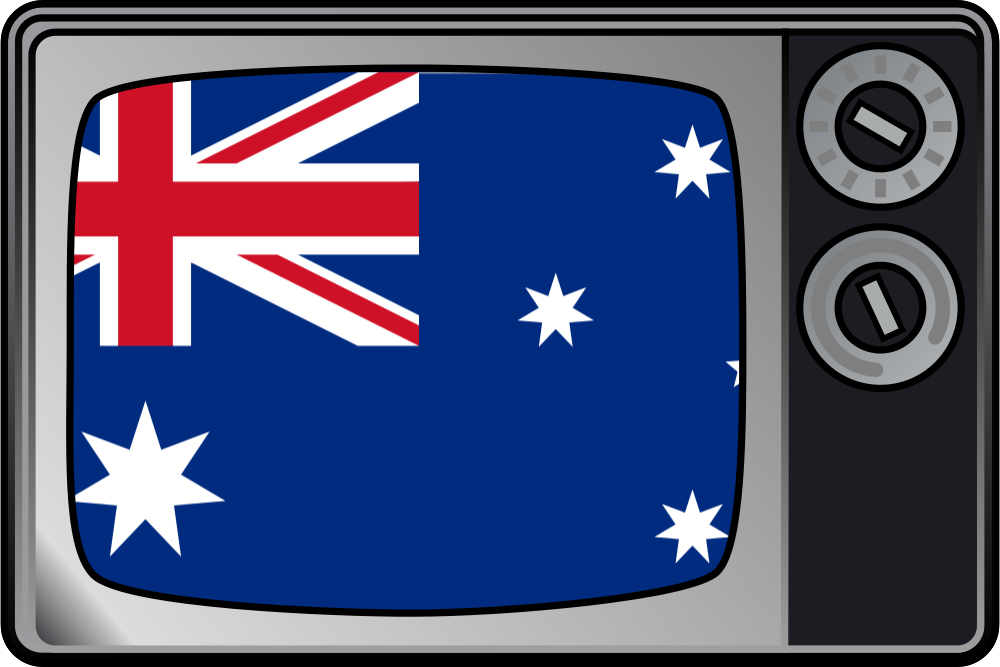
Five years ago, Australia’s recently elected Liberal–National Party government released a report called Towards responsible government. Produced by an ad hoc National Commission of Audit, it purported to review ‘the scope and efficiency of the Commonwealth Government’.
The report offers an unflattering then-and-now basis on which to view the Coalition government’s latest proposal to provide $17.1 million, over three years, to supply Australian commercial television programs to broadcasters in the Pacific. It’s hard to avoid the impression that, recognising the need to ‘step up’ Australia’s engagement with Pacific nations, the government is struggling to come to terms with the scope of meaningful policy responses required to do so.
In 2014, the Commission of Audit recommended that the government cease funding the since discontinued international television and online service operated by the Australian Broadcasting Corporation. It claimed there was no clear relationship between the funding of the ABC’s Australia Network and support for ‘Australia’s international goals’. Whether or not the Australia Network’s contract had appropriately clear goals and performance criteria, at the time, the commission’s implied logic was that it should.
What made persuasive sense to the government five years ago no longer seems to matter. It will spend an average of $5.7 million a year to acquire 1,000 hours of programming from Australia’s free-to-air television networks for broadcast by established media enterprises in the Pacific. Entertainment, perhaps, at least for some. But to what end?
Prime Minister Scott Morrison asks, ‘what better way of staying connected’ is there than ‘our Pacific family switching on the same stories, news, drama and sports we are watching at home’? This either points to the paucity of informed advice available to the prime minister or provides disturbing insight into his understanding of would-be soft power projection in the Pacific.
Apart from a wish for Australia to ‘stay connected’ with its Pacific family, the government has provided no policy substance—which the Commission of Audit might once have lamented as a failure to link with Australia’s international goals. Morrison’s announcement pre-empts two current government reviews that have attracted hundreds of public submissions, including from the Pacific and Asia: the soft power review and the review of Australian broadcasting services to the Asia–Pacific.
The commercial TV proposal ignores completely the import of submissions from the Pacific calling for regionally focused news and information. A number of respondents argued that, as represented by current Australia-centric TV coverage, Australia fails to demonstrate an understanding of island peoples.
Almost certainly the offerings will not include original programming: acquiring 1,000 hours of content each year equates to an average cost of $5,700 per hour (also absorbing any administrative costs), which is insufficient for producing new programs. And there’s a question as to what programs from network schedules might actually be available without further third-party negotiations. Independent production companies, rather than the networks, typically retain distribution rights for territories outside Australia.
No wonder the prime minister didn’t mention television in his major speech at the University of the South Pacific in Fiji earlier this month. When considered as part of a policy package otherwise concerned with big-ticket security, economic growth and educational initiatives, the handling of the television initiative stands out as facile and clumsy. It certainly doesn’t rate as strategy.
Yet there’s a strategic paper trail, laid out by the Department of Foreign Affairs and Trade when emphasising the importance of Pacific partnerships for economic growth and security and stronger relationships between people. This trail yet again defines the need for the government to get serious about the discursive power of state-funded international media. It can be a crosscutting force that models and represents the gamut of Australia’s engagement with foreign publics in the Pacific (and Asia). Success calls for more than corporate branding and risk-averse government PR (or public diplomacy).
Consider the Pacific challenges identified by DFAT and their relevance to a purposeful Australian media initiative in collaboration with regional counterparts:
- dealing with climate change and natural disasters—submissions to the broadcasting review reiterate the importance of restoring Radio Australia’s capacity to provide reliable information security, especially during cyclones and other emergencies, even though the ABC contends that that’s no longer Radio Australia’s role
- boosting economic growth, education and job skills, the status of women and major disease prevention—all of which depend upon a healthy marketplace of ideas enabled through media
- tackling transnational crime—which calls, in part, for the modelling and strengthening of public-interest journalism across the region.
DFAT’s new Office of the Pacific is being established to provide whole-of-government coordination, inviting secondments from the nation’s defence and security agencies. Hopefully, it will also reach out more widely in developing a meaningful communication strategy for Pacific engagement.

